Marvel vs Capcom Infinite has learned from the Street Fighter 5 debacle - but will super-easy combos split the fight community?
When's Marvel vs Capcom Infinite hitting us? September. We've played it - here are our thoughts.
It's not difficult to see where Capcom's messaging strategy for Marvel vs Capcom Infinite is coming from. The first press hands-on reveal for the game is opened with a trailer for a cinematic story mode which has since already been released to the public. That's followed by a run-down of the game's features, and some things that you once might've taken as a given are underlined with emphasis. There will be an arcade mode. There'll be player-versus CPU options. There'll be online lobbies at launch.
"Street Fighter 5's struggles have clearly influenced MVC Infinite enormously. Lessons have been learned."
This list goes on, but the point is this: these are things that were absent from Street Fighter 5 at launch, something that caused me to describe the game as unfinished and made Sherif, a more casual player, even more furious. Marvel vs Capcom Infinite is, Capcom say, going to be a more complete experience. To run down, that means within your day-one disc or download you'll find:
- A full Arcade Mode & VS CPU options
- A cinematic story mode
- Mission Mode - small target-based missions that'll also act as discreet tutorials for systems & characters
- Collection - a database about both Marvel & Capcom universes that broadens as you play
- Ranked & Casual Online modes
- Online lobbies with spectator mode
This is probably the feature set a fighting game should have. This is good. Some stuff from SF5 has been cut, too - there's no in-game currency system, with DLC such as characters and costumes sold for real cash and nothing else. The cross-platform structure of the Capcom Fighters Network from SF5 isn't being used here either, so the PS4, Xbox One and PC Marvel communities will all operate within their own discrete bubbles. This stuff was where SF5 was at its most ambitious in a sense, but it's also another place the game tripped up, with the CFN only just recently really fulfilling all of its initial promises.
So, yes - Street Fighter 5's struggles have clearly influenced MVC Infinite enormously. Lessons have been learned. There is one other big elephant in the room: that Marvel Cinematic Universe thing.
Appealing to the Marvel Cinematic Universe Fan
Both versions of Marvel vs Capcom 3 launched before The Avengers, before the cinematic event that has defined and shaped blockbuster cinema in the five years since. Suddenly characters that featured in past MVC games such as Rocket Racoon and Doctor Strange have gone from relative unknowns to top-tier heroes. Capcom is clearly keen to take advantage of this.
"Trying to capture the new cinematic breed of Marvel fan also prods the game towards streamlining and simplifying and a major new addition for Infinite are super-easy inputs for basic combos."
The look of the game seems to channel this; where MVC3 was awash with bright colours in a comic book style, Infinite's are more subdued and realistic. (For the best example of this, check out the difference in the tone of green used for Hulk when you compare MVC3 and MVCI.) Gone too are things like black comic-book style character outlines.
Sometimes it makes its way into moves, too. Capcom staff explain to me that Thor was lacking mobility in MVC3 so he's been given a projectile in this game, but it doesn't surprise me to see that rather than firing a blast of lightning or something Thor's projectile has taken the form of him throwing his hammer, something which is basically the signature move of the movie Thor.
Trying to capture the new cinematic breed of Marvel fan also prods the game towards streamlining and simplifying, and a major new addition for Infinite are super-easy inputs for basic combos. MVC3 had an easy input mode you could switch on, but the build of Infinite I played had a mode like this enabled by default.
This mode basically means you can hammer light punch (circle) and if you land the first hit you'll have a combo come out that unleashes a flurry of attacks, launches the opponent, does a quick air combo and then sends them down towards the ground. This is by no means an optimal combo, but it's a universal string shared by every character in the game - it's a way of giving new players the chance to do something that looks cool.
I think this along with some other streamlining decisions is going to cause a lot of fan anxiety, to be honest, but I'm okay with it. The idea, Capcom employee and ex VS series pro Peter 'Combofiend' Rosas tells me, is to allow newcomers to do cool-looking stuff but require them to graduate to proper inputs in order to truly customise and maximise their combos. The 'true' version of the hammer circle combo is a fairly typical fighting game button series that pianos across all four main face buttons, for instance, and you can do that manually if you're so inclined, and doing it manually will allow you to mix combos up and adjust them from the basic string.
This generally seemed to be the case across the board for the streamlined controls: they exist as an entrance to more detailed input, not a replacement for them.
For those keen to hear more specifics around controls, here's the deal: things have been adjusted for maximum comfort for controller users. That means that there are four main action buttons that correspond to the first four buttons on an arcade stick or the face buttons of a pad. These are mapped to light and heavy variations of punch and kick.
Two final buttons are used on the controller shoulder buttons or at the end of sticks. One of these tags your ally in, while the other uses your equipped infinity stone (more on these later). A few actions including a new hyper combo shortcut if you don't want to input the main command are activated by pressing two buttons at once.
"When combined with how much the restrictions around tagging have been relaxed the Infinity Stones provide an awful lot of opportunities for some mad stuff – and madness is where MVC has always been at its best."
The same goes for hyper combos, super moves. These can now be performed with a two-button shortcut (this has been the case in Mortal Kombat for a while, incidentally) but if you're used to the old ways I was still able to make Chun-Li's Kikosho super come out with two rapid-fire quarter circles forwards and a punch button as in MVC3. You can choose which is easier for you. I couldn't rewire my brain for the easier inputs in just two hours, but all the old inputs worked too.
It's true that Infinite is immediately less complex than its predecessors, however. The character count is reduced from three to two and assist moves are gone, so there's no more calling a character in to briefly perform one pre-set move. The reduction is to focus more on how two characters can complement each other and to emphasise the teamwork aspect of the game, and I honestly think this works tremendously. A reduction on the restrictions of when you can tag in allies means that you can do some super cool stuff that has echoes of the assist system but requires a little more thought.
Here's a basic example: at one point I triggered Iron Man's Proton Cannon super, then tagged in Captain Marvel. While the opponent was pinned down by the super I was able to get behind them and open them up with a back attack - basically they were stuck between a rock and a hard place. Inputs such as combos will continue on after you've tagged, so it's possible to briefly have two characters out at once and I look forward to seeing what combos can be crafted by the proper experts with this system.
The X-Factor to all of this comes in the form of the Infinity Stones. These are the third choice you make before going into battle, choosing from the classic 6 Marvel Universe elemental stones. Each has two powers: a basic one that can be used as much as you like and a powered-up mode that requires a meter to be charged by using your stone or taking damage. Once the meter is over 50 percent you can trigger the powered up mode, but the higher charged it is the longer the powered-up effect will last.
The speed stone gives you a dash that functionally is a one-button teleport, and when your meter is charged you can pop a mode that dramatically increases your speed and reduces move cool-down time allowing for otherwise impossible combos. The space gem allows you to suck enemies closer with a one-button vortex style move and when powered up literally restricts your opponent's movement to a smaller segment of the screen. You pick one stone and are stuck with it for the whole battle, so there's a strong strategic choice here in terms of how the stone meshes with your chosen team-up. Speed might be a good choice if the anchor of your team is a heavy-hitting, slow-moving character like Hulk, for instance.
"The core complexity of Marvel's systems seems to be intact even with streamlining of inputs. The more free-form tagging and infinity stones add a lot of interesting combo potential to the mix."
When combined with how much the restrictions around tagging have been relaxed (you can tag in the air, mid-super, while being attacked, the works) the stones provide an awful lot of opportunities for some mad stuff - and madness is where MVC has always been at its best.
I really do like all of this stuff - I think it's got strong potential, though I will admit I'm fully aware that some of the chatter about simplified inputs is going to dominate fan discussion.
Some of this stuff has already leaked and I can see people melting down about simplified dragon punch inputs, but in a situation where you're focused on big-picture questions of what to do next to try to mix up your opponent the actual input is fairly redundant as far as I'm concerned - if both ways work, even more so. The core complexity of Marvel's systems seems to be intact even with streamlining of inputs. The more free-form tagging and infinity stones add a lot of interesting combo potential to the mix.
I honestly don't think it's too important right now - if moves are easier to perform that's okay so long as the mental gymnastics of decision making that make fighting games great remains solid. The foundation here appears to be decent, though we've still got a lot of characters and three more infinity stones to see - plus two hours is hardly enough time to really dissect the game's systems.
I'm massively curious about the character line-up and have some strong thoughts of my own - I'd really love to see Luke Cage make it in, and on the Capcom side I'm desperate to see Phoenix Wright and Frank West return but unsure if their MVC3 gimmick gameplay style will work with Infinite's systems. Oh, and Capcom - Jack Baker. Do it!
So, yes, I like and am excited by what I've seen so far of the systems. Other aspects of Infinite leave me cold, however. There's a lot of character model and animation asset reuse from MVC3, which I'm fine with, but some of it doesn't seem to transition over well from the more comic-book art style to this game's more cinematic universe look. The art style in general just feels off - or at worst, unfinished. I'll go so far as to say as it stands right now the art style is a mistake when compared to MVC3. It's really hard to pinpoint, but there's just something about the game that lacks charm, though it's definitely better in motion than in stills. Its systems feel smart and well-considered, but visually and artistically it feels a bit devoid of character, a crazy thing to say about a game that has so many iconic characters and influences to draw from.
I've seen a few comments joking about it looking like a mobile game since this week's story trailer reveal, and though that's dumb internet hyperbole there's a painful kernel of truth in it right now. You notice it less in motion, but I kept getting yanked out of it here and there, particularly with win animations and the like where you tend to get close-ups of weird-looking character faces. The UI straight up looks like a placeholder to me, so I'm hoping it's spiced up by September.
It's always unclear at an event like this if things like that are just symptoms of an early build or of a problem that'll be present in the final game. The game needs to hit 60fps and has a lot going on and those are of course factors - but something about this still feels off. It strikes me as particularly strange when with all its problems one thing Street Fighter 5 never lacked was a strong visual identity and sense of style. It does feel a little like somewhere between the comic book look and trying to appeal to MCU fans MVC risks losing its way. Hopefully it doesn't.
Ultimately, I'm super pumped for Marvel vs Capcom Infinite. I'm so glad the VS series is continuing; it's a brand of madness not found anywhere else, and in a post-Avengers movie world it presents a unique opportunity to broaden the fighting game fanbase. I think the game no doubt has an uphill struggle in convincing hardcore fans that its streamlined inputs and systems are smart choices and not 'dumbing down', but what I played reassured me that Capcom is on the right path and has the right idea with its two character and infinity stone team-ups. It feels good. It feels like Marvel. I'm cautiously optimistic, and my eyes now turn to E3.
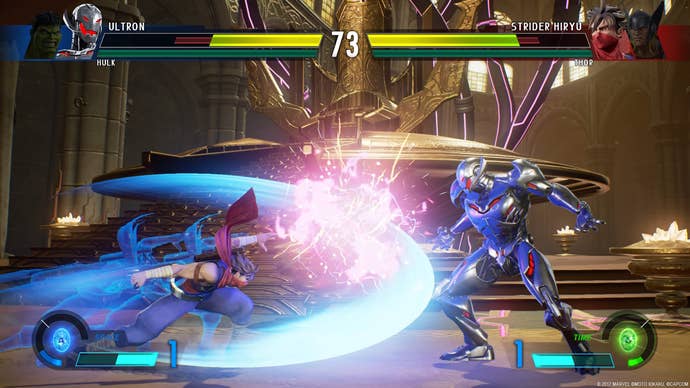
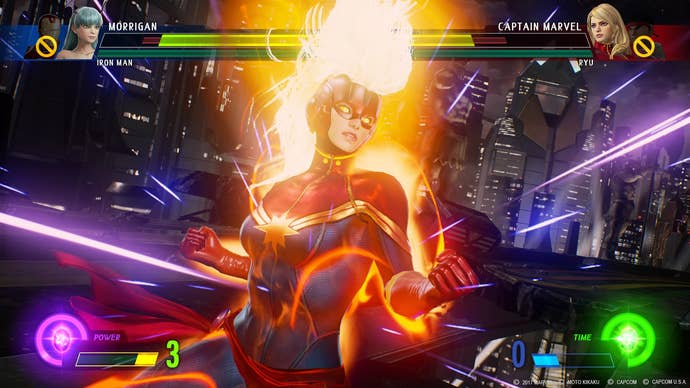



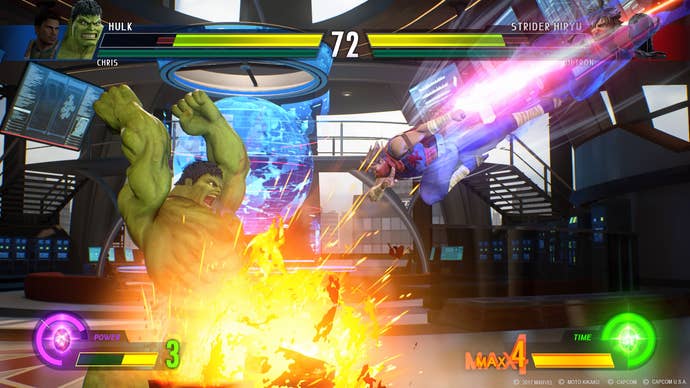
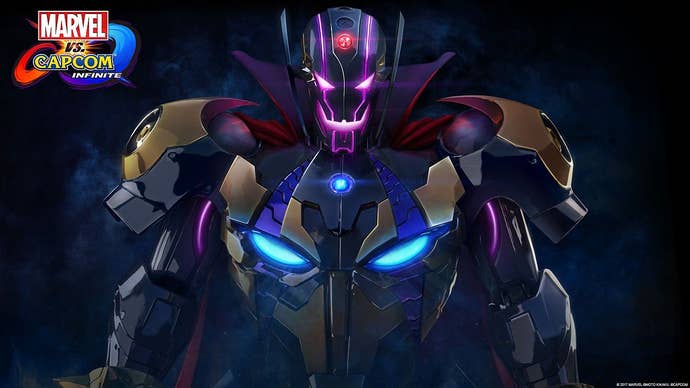
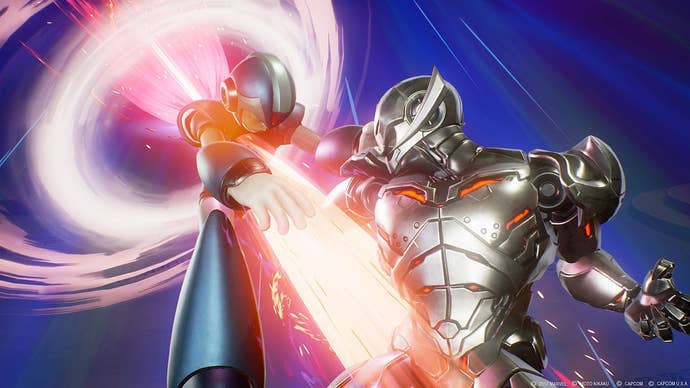
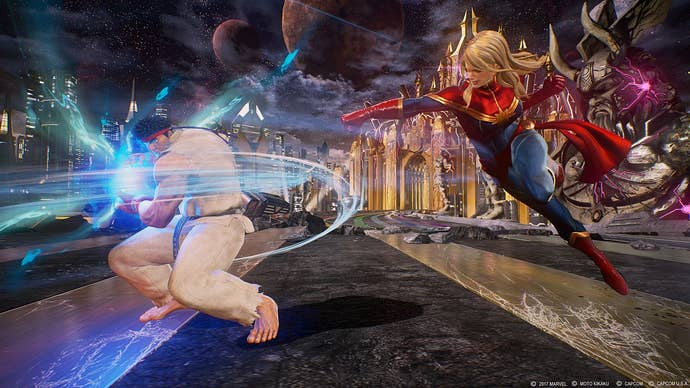
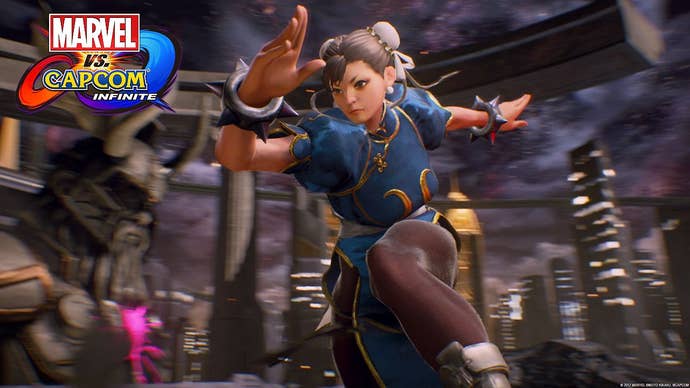
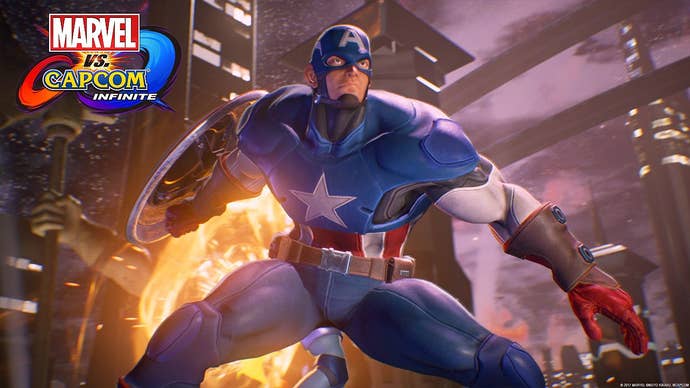
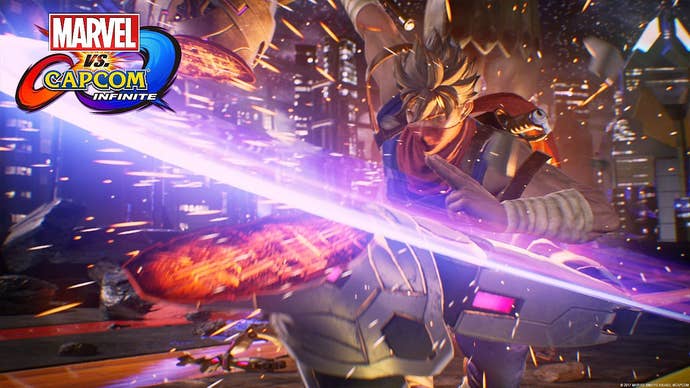
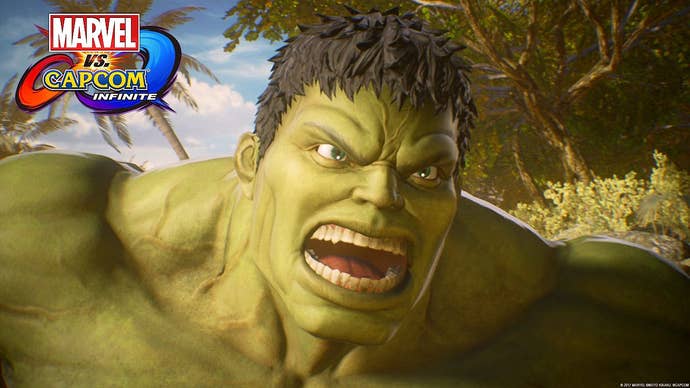


Marvel vs Capcom Infinite is out for the Xbox One, PlayStation 4 and PC on September 19. There's a limited edition plus a pre-order bonus of 6 extra characters and some additional costumes if you're so inclined.


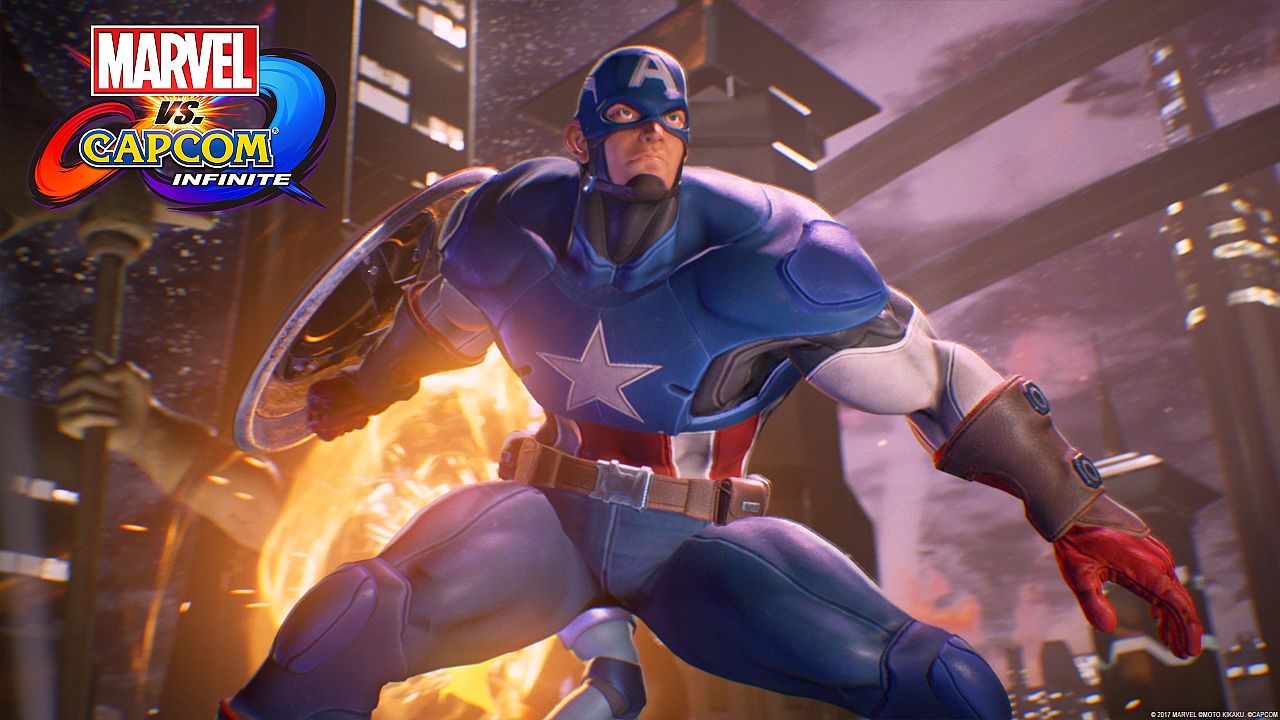



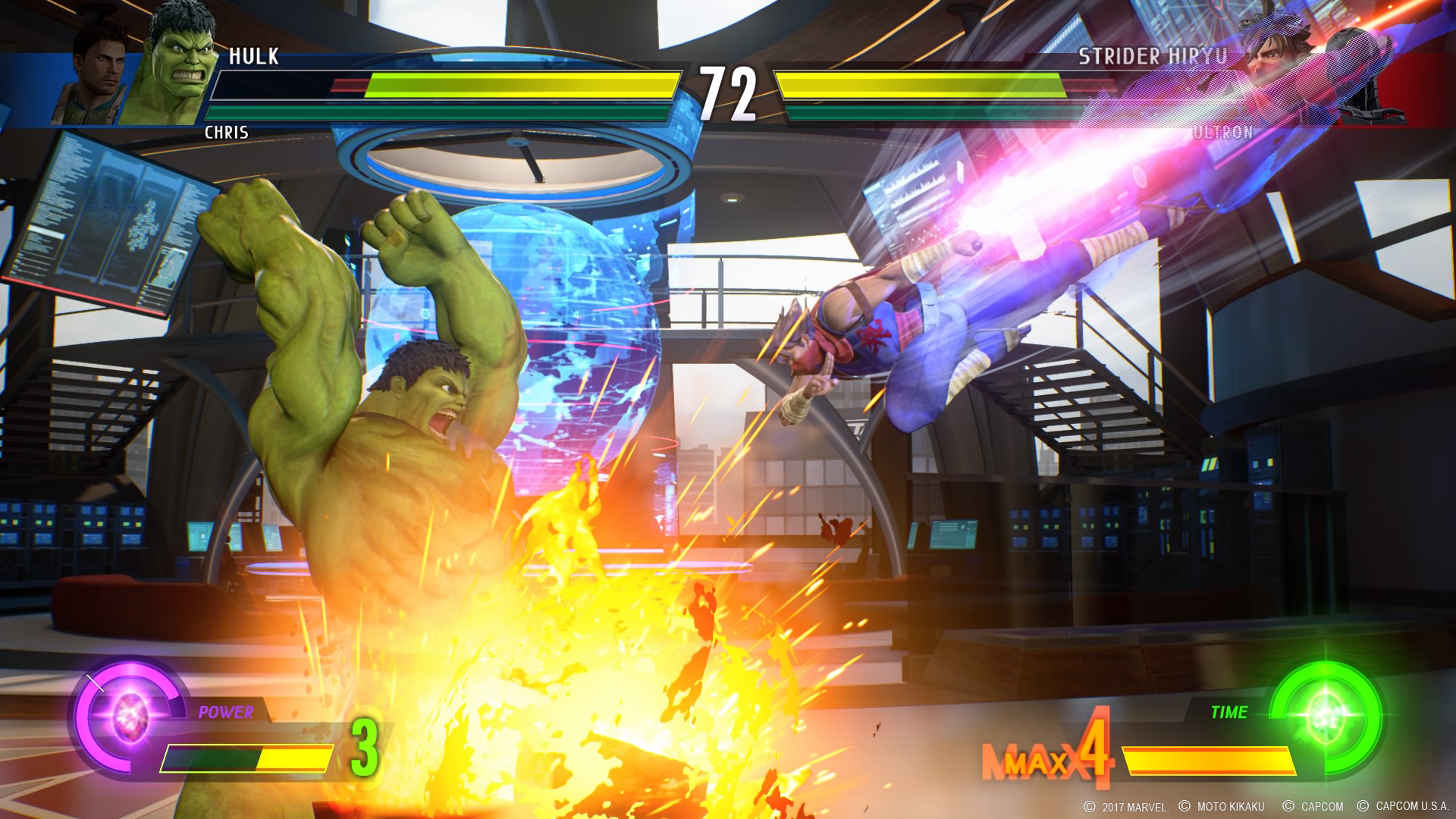
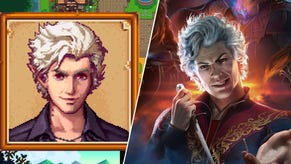
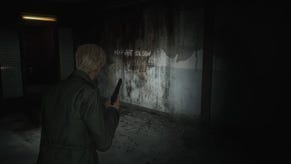
-trailer---Sonic-%26-Knuckles.jpg?width=291&height=164&fit=crop&quality=80&format=jpg&auto=webp)
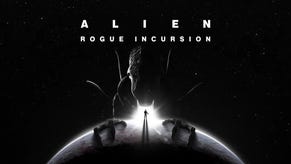


.jpg?width=291&height=164&fit=crop&quality=80&format=jpg&auto=webp)
